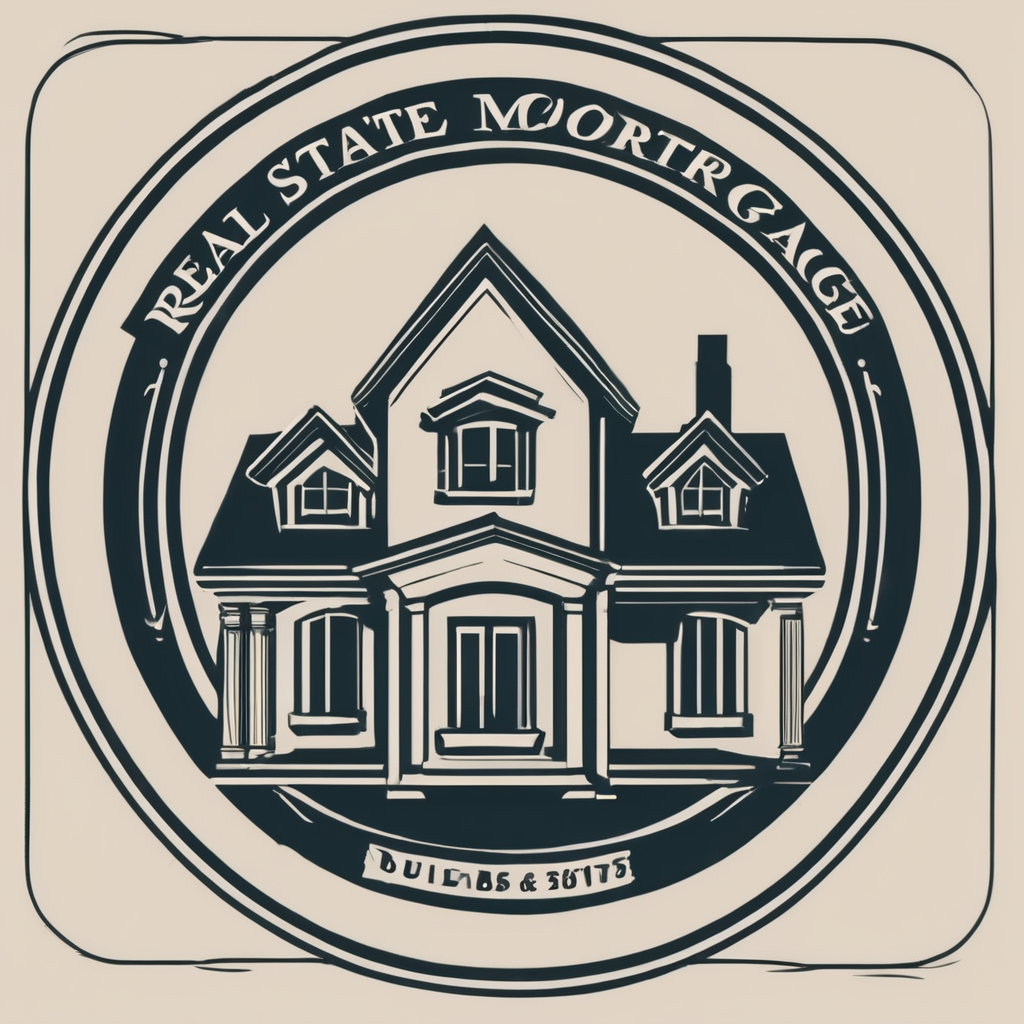Purchasing a property in the UK can be a daunting task, especially for first-time buyers navigating the complexities of the housing market. One option that might make this process more feasible is a shared ownership scheme. This financial arrangement enables you to buy a share of a property and pay rent on the remaining portion. Shared ownership can provide a more affordable path to homeownership, but it is essential to assess its financial viability thoroughly before making a commitment.
Understanding Shared Ownership
Shared ownership is a scheme designed to help those who cannot afford to buy a property outright. Instead, you purchase a share—typically between 25% and 75%—of a property and pay rent on the part you do not own. Over time, you can buy more shares in a process known as "staircasing," eventually owning the property outright if you choose.
A découvrir également : How can UK property investors use blockchain technology for secure and transparent transactions?
This scheme aims to facilitate homeownership for individuals and families by reducing the initial financial burden. The smaller mortgage and lower deposit requirements make this an attractive option for many. However, it’s crucial to understand all aspects of shared ownership to determine if it’s the right fit for you.
Financial Commitment
One of the key considerations when assessing the viability of shared ownership is the financial commitment involved. While the initial outlay may be lower, you will still need to secure a mortgage for your share of the property and pay rent on the remaining portion. Additionally, you will be responsible for maintenance and service charges.
A voir aussi : What are the cost considerations for UK homeowners installing electric vehicle charging stations?
Mortgage and Rent Payments
In a shared ownership scheme, you will need to secure a mortgage to cover the cost of your share of the property. It’s essential to shop around for competitive mortgage rates and ensure you can afford the monthly repayments. The amount you can borrow will depend on your financial situation and credit score.
Besides the mortgage payments, you will also need to pay rent to the housing association or landlord for the portion of the property you don’t own. This rent is usually set at an affordable rate, often below market value. However, it’s vital to factor in these payments when assessing your financial capacity.
Additional Costs
In addition to the mortgage and rent payments, there are other costs to consider, such as Stamp Duty Land Tax (SDLT), maintenance charges, and service fees. SDLT is a tax payable on property purchases, and the amount you owe will depend on the value of your share of the property.
Maintenance charges cover the upkeep of communal areas and any repairs needed on the property. These charges can vary significantly, so it’s important to get an estimate before committing to a shared ownership scheme. Service fees may also apply, particularly if the property is part of a larger development with shared facilities.
Evaluating the Housing Market
The state of the housing market can significantly impact the financial viability of shared ownership. It’s essential to research current market conditions and future projections to make an informed decision.
Property Values
Property values can fluctuate over time, affecting the potential return on your investment. If property values increase, the value of your share will also rise, potentially providing a good return if you decide to sell in the future. Conversely, if property values fall, you may find it more challenging to sell your share or may incur a loss.
Local Market Conditions
Local market conditions can vary significantly across different regions. It’s essential to research the property market in the area where you plan to buy. Look at recent sales data, price trends, and the demand for properties in the locality. This information will help you gauge whether the area is likely to see property value growth or decline.
Future Projections
Consider future market projections and how they might affect your investment. Economic factors, government policies, and infrastructure developments can all influence property values. Staying informed about these factors will help you make a more educated decision about the financial viability of shared ownership.
Benefits and Drawbacks of Shared Ownership
Understanding the benefits and drawbacks of shared ownership is crucial for making an informed decision. While this scheme offers several advantages, it’s essential to weigh them against the potential drawbacks.
Benefits
-
Affordability: Shared ownership makes homeownership more accessible by reducing the initial costs. The smaller mortgage and lower deposit requirements can make it easier to get on the property ladder.
-
Security: Owning a share of a property provides more security than renting. You have the stability of homeownership without the need to commit to a full mortgage.
-
Staircasing: The ability to buy additional shares over time allows you to increase your ownership gradually. This flexibility can be beneficial if your financial situation improves in the future.
Drawbacks
-
Additional Costs: Despite the lower initial costs, shared ownership comes with additional expenses such as rent, maintenance charges, and service fees. These costs can add up and impact your overall financial situation.
-
Limited Control: As a shared owner, you may have limited control over certain aspects of the property. For example, you may need permission from the housing association for significant alterations or improvements.
-
Resale Challenges: Selling a shared ownership property can be more complicated than selling a fully owned property. You may need to meet specific criteria, and the housing association may have the right to find a buyer before you can sell your share on the open market.
Assessing Your Financial Situation
Before committing to a shared ownership scheme, it’s vital to assess your financial situation thoroughly. This assessment will help you determine whether you can afford the ongoing costs and whether shared ownership is a viable option for you.
Income and Expenditure
Start by reviewing your income and expenditure to get a clear picture of your financial situation. Calculate your monthly income and subtract all your regular expenses, including bills, groceries, and any existing debt repayments. This calculation will help you determine how much you can afford to spend on a mortgage and rent payments.
Savings and Deposit
Consider your savings and the amount you can put towards a deposit. While shared ownership requires a smaller deposit than buying a property outright, you’ll still need to save enough to cover this cost. Additionally, having a larger deposit can help you secure more favorable mortgage terms.
Credit Score
Your credit score will play a crucial role in your ability to secure a mortgage and the terms you are offered. Check your credit score and take steps to improve it if necessary. Paying off existing debts, making payments on time, and reducing your credit utilization can all help boost your credit score.
Financial Planning
Create a financial plan that outlines your budget, including mortgage and rent payments, additional costs, and any potential future expenses. This plan will help you stay on track and ensure you can afford the ongoing costs of shared ownership.
Final Thoughts: Is Shared Ownership Right for You?
Assessing the financial viability of purchasing a UK property with a shared ownership scheme involves careful consideration of various factors. While shared ownership can make homeownership more accessible, it’s essential to evaluate your financial situation, understand the housing market, and weigh the benefits and drawbacks.
Conclusion
Ultimately, shared ownership can be a viable option for those who cannot afford to buy a property outright. By purchasing a share and paying rent on the remaining portion, you can get on the property ladder with a smaller financial commitment. However, it’s crucial to assess your financial situation, evaluate the housing market, and consider the additional costs involved. With careful planning and research, you can determine whether shared ownership is the right choice for you.
In conclusion, shared ownership offers a pathway to homeownership that balances affordability with the potential for future full ownership through staircasing. By thoroughly evaluating your financial readiness, market conditions, and the specifics of the shared ownership scheme, you will be in a solid position to make an informed and beneficial decision for your future.











